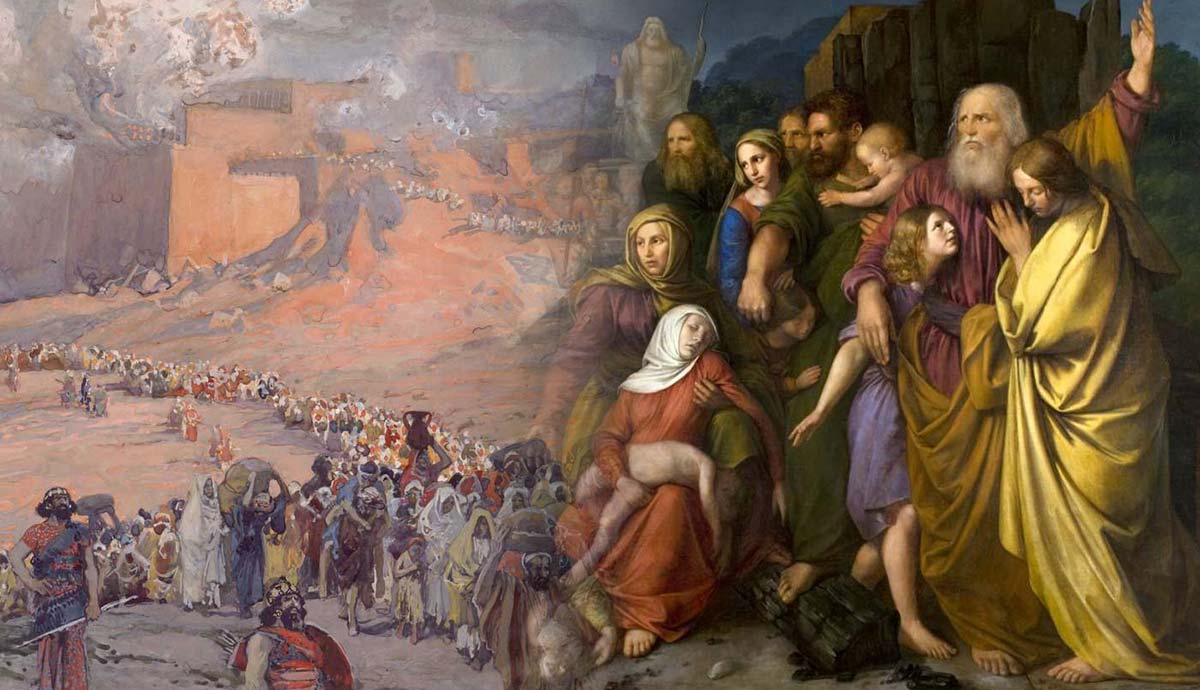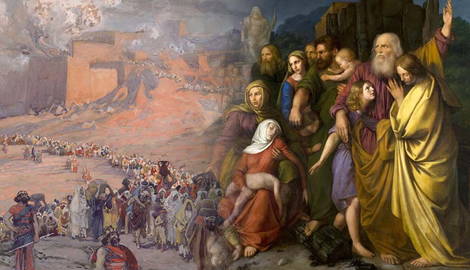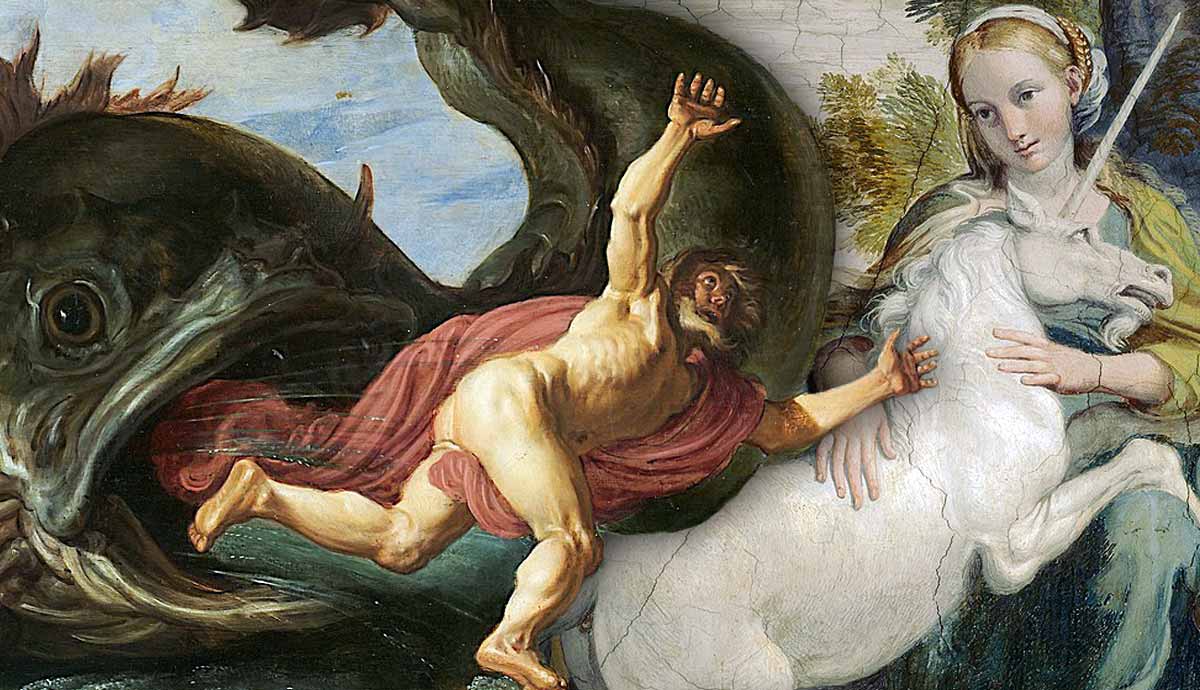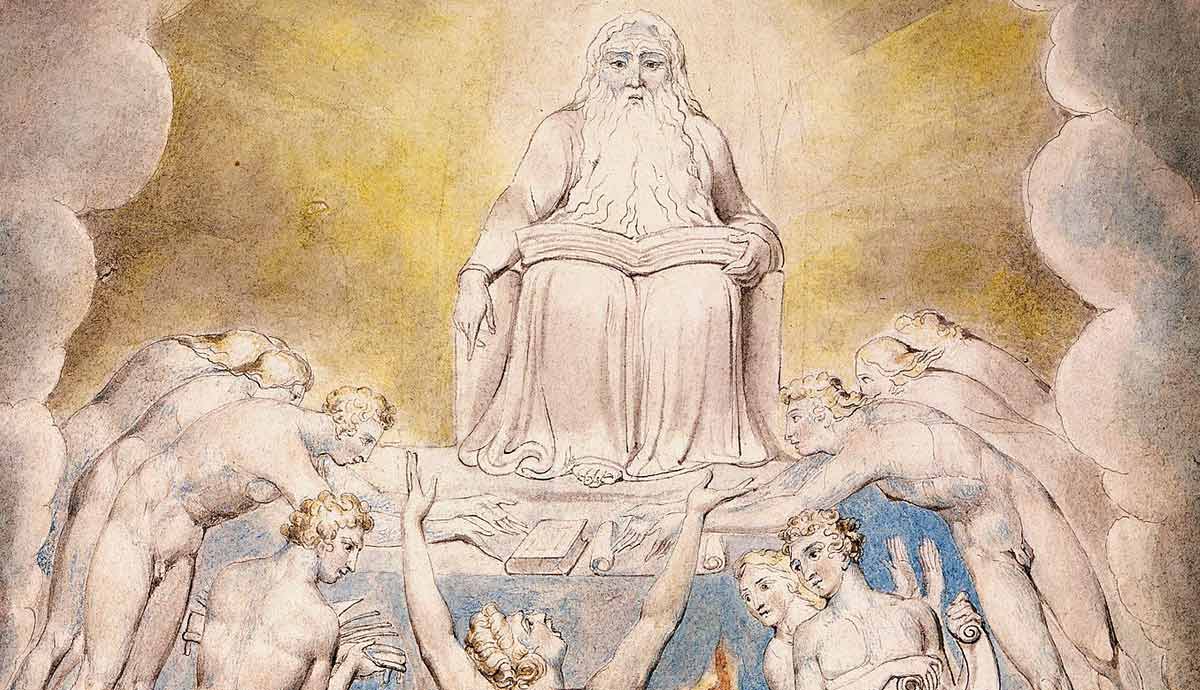
The events recorded in the Bible cover thousands of years with thousands of proper names. One way to impose order on such complex material is to classify it in terms of the empires that were dominant at the time in which the major events occurred. This is an especially useful method since many of these biblical events were triggered by imperial activities. This article will set six ancient empires in chronological order and show how they provide a timeframe for the entire biblical timeline from Genesis to Revelation.
1. Egyptian Empire (Egyptian Enslavement and Escape)

Genesis, the first book of the Bible, ends with the story of Joseph, great-grandson of Abraham. Joseph was sold into Egypt as a slave to Potiphar but became the second most powerful person after Pharaoh. Eventually, due to a famine, his brothers joined Joseph in Egypt with their families. Over time their population grew in number to the extent that they were considered a political threat and subsequently enslaved.
Then, in Exodus, the second biblical book, we have stories about the Jewish people escaping ancient Egypt, now known as the world’s longest-continuous civilization. These include hero stories about the birth and life of Moses. More centrally, they cover the Plagues of Egypt, the Passover sacrifice, and the Crossing of the Red Sea (collectively known as the Exodus event). Some of these events may have happened under the rule of the pharaoh Ramses II or possibly Thutmose III.
After their escape from Egypt, the Israelites spent 40 years wandering the wilderness, where they received the Ten Commandments on Mount Sinai. Moses died and was succeeded by Joshua, a military leader. This began the conquest of Canaan, with stories such as the Fall of Jericho, and eventual entry into the Promised Land. However, it was the Exodus event itself and its relationship to Egypt that would live on as the central episode in all of Jewish history.

The word “Exodus” can refer both to the second book of the Bible and to the biblical story of Jewish liberation from enslavement. It means “out of the way” or “a way out.” More broadly, it has come to refer to any departure or journey of escape. The preface to the Decalogue or Ten Commandments forever captures the significance of the Exodus for the identity of the Jewish people.
“I am the Lord your God that has brought you out of the land of Egypt, from the house of bondage.”

After the death of Joshua, Moses’ successor, there was still no Jewish monarchy. This time is known as the period of the judges. These judges were a cross between civil magistrates and military commanders. Their role required them to make judgments on legal disputes but also to lead the people of Israel in times of need. The most famous were Deborah and Samson. There were also prophets like Samuel and priests from the tribe of Levi who gave leadership in spiritual matters.
The establishment of the Jewish monarchy occurred under Samuel, the last judge. At the people’s request, Samuel anointed Saul the first king, who was later rejected due to disobedience. After him came David, who became king of both his own tribe of Judah in the south and then of the northern tribes too, and established Jerusalem as the capital.
This joint or united monarchy reached its highest point under David’s son Solomon, who built the Temple in Jerusalem. After Solomon’s death and Jeroboam’s revolt against Solomon’s son and successor Rehoboam, there was a split between the northern Kingdom of Israel, with its capital of Samaria, and the southern Kingdom of Judah. They were never reunited, although they sometimes worked in alliance.
2. Assyrian Empire (Exile and Loss)

The Assyrian Empire was a world power that dominated large areas of the Middle East from the 9th to 7th century BCE. Its capital was Nineveh (modern-day Mosul in Iraq). The Assyrian Empire finally fell to the Neo-Babylonian Empire at the Battle of Carchemish around 605 BCE. However, it was the Neo-Assyrian Empire that invaded and forcibly relocated the northern Kingdom of Israel in the 8th century BCE.
Deportations from Israel commenced under the Assyrian king Tiglath-Pileser III (also known as Pul). He exiled Israelites from the tribes of Ruben, Gad, and Manasseh. This policy accelerated under his son, King Shalmaneser V. He first demanded tribute, and then besieged the capital Samaria, taking it after three years. Further attacks were made by Sargon II, who completed the deportations and finished the destruction of Samaria. Sargon was succeeded by his son Sennacherib, who tried but failed to capture the southern capital of Jerusalem.
Those Israelites who were deported did not return and are known as the Ten Lost Tribes. Those who were left behind became known as the Samaritans. It also seems that some Assyrians were sent to live in Samaria by King Esarhaddon of Assyria, following an earlier policy by Sargon. The mixed peoples of Samaria followed a syncretistic religion that continued up to the time of Jesus.
3. Babylonian Empire (Babylonian Siege and Captivity)

Like the exile of the northern kingdom of Israel at the hands of the Assyrians, the exile of the southern kingdom of Judah occurred in stages. The Babylonian Captivity was a series of events over a period of time, not a single occasion. But, unlike their northern cousins, the southern Jews received permission to return to their homeland and an opportunity to rebuild what was destroyed.
When Josiah ruled the southern kingdom of Judah, the Assyrian capital of Nineveh fell to Nabopolassar, the first king of the Neo-Babylonian Empire, also called the Chaldean Dynasty. After defeating the Pharoah Necho II and the Assyrian army in the Battle of Carchemish, Nebuchadnezzar II of Babylon invaded Judah and besieged Jerusalem. He forced King Jehoiakim to become his vassal and pay tribute. The first of several deportations started, including many of the elite Jewish class.
Different Judean kings rebelled against Babylonian rule. This led to further sieges and kings with their sons and courts taken back to Babylon. Finally, Solomon’s Temple was burned and destroyed, with more of the population taken captive. Zedekiah, the last king of Judah, was blinded and exiled until his death. After that, Judah was reduced to a province. The Jews’ captivity in Babylon lasted for 70 years.
4. Persian Empire (Return to Zion)

Although there was more than one dynasty that controlled the ancient Persian Empire, it is the first that is the most significant for biblical events. This was the Achaemenid Dynasty that commenced with Cyrus the Great and moved on to such figures as Darius, Xerxes, and Artaxerxes. The Achaemenid Persian Empire subdued many other ancient powers, including Egypt and Babylon.
The language that the Bible uses to describe Persian kings is astonishing. Isaiah calls Cyrus the Great God’s shepherd and anointed who will rebuild Jerusalem and the Temple, and free the exiles. He did this in what is known as the Decree or Edict of Cyrus. Darius is mentioned positively in Daniel as the Persian king who conquered and punished Babylon. This sentiment is continued by Haggai and Zechariah, both prophets of the restoration.
The period in which Persian kings allowed the Jews to go back to their land after the Babylonian exile is described in the books of Ezra and Nehemiah, and it is called the Return to Zion. The first set of returnees was led by Sheshbazzar, then Zerubbabel, who oversaw the rebuilding of the Second Temple. These returning Israelites were mostly from the tribe of Judah and became known as “the Jews.” They were not allowed a king or army. The priesthood replaced kingship as the community’s authority.
5. Hellenistic Era Empires (Grecian Culture and Language)

The Hellenistic Greek Era holds a different status than the other five mentioned in this timeline as no biblical events occurred when it was in power. There are different meanings to the term “Hellenistic Era” depending on the era, and it can refer to various kingdoms and dynasties.
The Macedonian Greek Empire rose to greatness in the time between the ending of the Old Testament and the start of the New. From a biblical perspective, this is called the intertestamental or deuterocanonical period. It covers events from the life of the last Old Testament prophet (Malachi) to the ministries of John the Baptist and Jesus Christ in the first century CE.
Many events of great significance occurred during this time period that lay a foundation for understanding the New Testament. Some of these were political, such as the dominance of the Macedonian Empire under Alexander the Great and the subsequent process of Hellenization. Then there was the Maccabean Revolt against Seleucid rule in 167 BCE, led by Judas Maccabee. Finally, there was the rise of Roman rule.
Several religious events that occurred are also important. These include:
- The writing of those books known as the Apocrypha and Pseudepigrapha
- The writing of the Dead Sea Scrolls
- The translation of the Hebrew scriptures into the common language of the day (the Greek Septuagint, used by New Testament characters and authors)
6. Roman Empire (Roman Destruction and Peace)

Much material in the Gospels and Acts only makes sense against the backdrop of the Roman Empire’s occupation of Israel at that time.
- There are Jewish groups mentioned that either opposed Roman rule (the paramilitary Zealots), or supported it (the tax-gathering Publicans and political Herodians).
- There are Roman politicians named, from Caesars (Augustus, Tiberius, and Claudius), to governors (Publius Sulpicius Quirinius and Pontius Pilate) and proconsuls (Sergius Paulus).
- The Gospels mention centurions (a Roman military rank), crucifixion (the preferred Roman method of capital punishment), and the Latin language. Acts make several references to the importance of Roman citizenship.
- Other Roman details include measurement (the Roman mile) and currency (the Denarius).
The Roman Empire executed Jesus of Nazareth, who the first Christians believed was the Jewish Messiah. It also destroyed the Second Temple of Jews in 70 CE after the infamous Siege of Jerusalem, leading to the scattering of the Jews across the Roman Empire. The irony is that the Pax Romana or Roman Peace initiated with the accession of Augustus is often credited with aiding the spread of the message of the Messiah that it put to death. These factors, along with others, ultimately led to Christianity conquering this last great empire, or perhaps, transforming Christianity into the new state religion of Rome.










